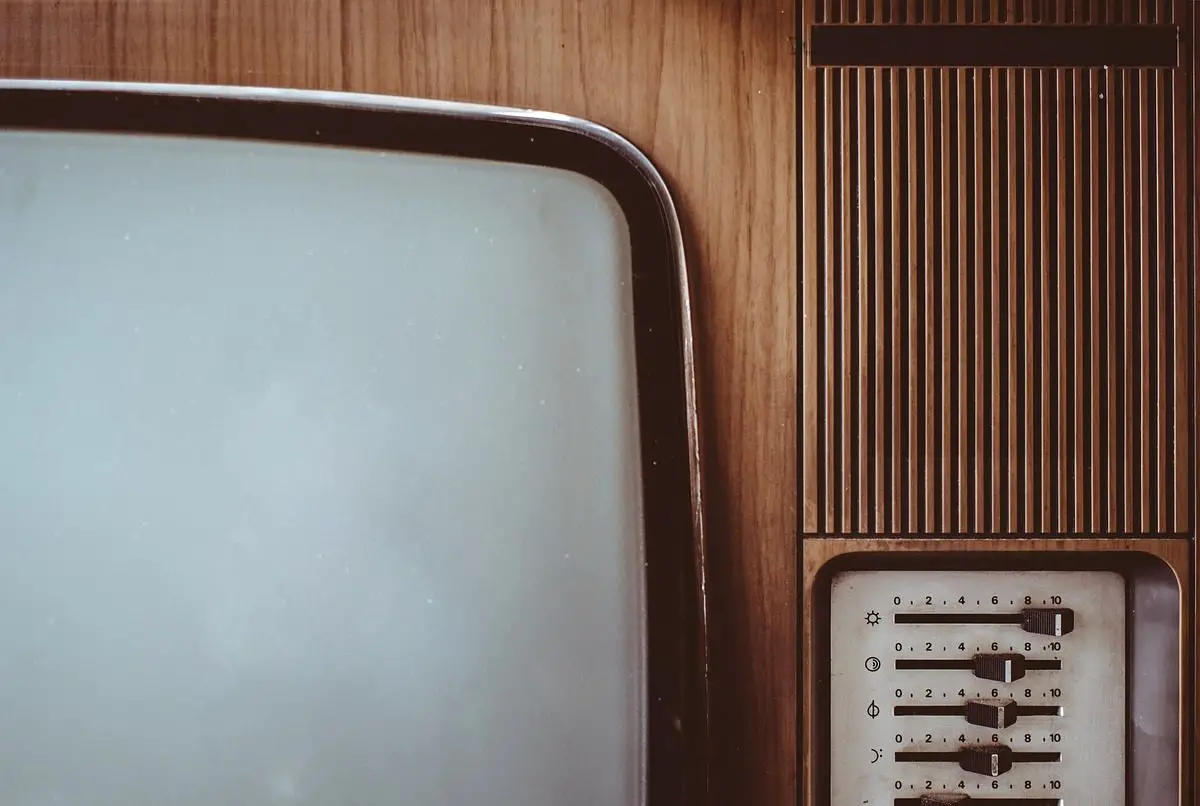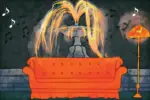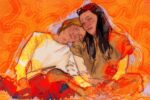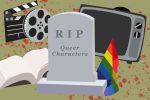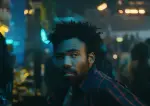Noted as one of the most memorable moments in television history, the last scene of the finale of ‘80s medical drama “St. Elsewhere” inspired a web of television fan theories that interlock and connect to include over 400 TV shows — if not all of television — called the Tommy Westphall Universe Theory.
“St. Elsewhere” follows the stories of the doctors, their interns and patients that populate a rundown teaching hospital in Boston. The staff nicknamed the fictional St. Eligius hospital “St. Elsewhere,” a slang term used for lesser-equipped hospitals that served patients turned away by more established, prestigious hospitals.The show developed a small fan base during its run and even gave Denzel Washington his first big career break as Dr. Phillip Chandler.
After a six-season run, the show ends with a mind-bending and shocking twist. To understand this twist, audiences only really need to know that one of the primary characters throughout the television show, Dr. Donald Westphall (played by Ed Flanders), has an autistic son named Tommy (played by Chad Allen).
In the series finale, Dr. Donald Westphall — now dressed as a construction worker rather than a doctor — visits his son, who is infatuated with a snow globe. Westphall comments on how he wonders about what’s going on in his son’s head when he sits silently and stares at the snow globe all day. The snow globe contains the St. Eligius hospital.
This final scene suggests that the entire series took place inside the brain of Tommy Westphall, a young autistic boy and minor character in the show; therefore, the entirety of the show was even fictional within the TV series.
However, the madness does not stop there.
“St. Elsewhere,” along with several other shows that aired in the ‘80s, had a habit of sharing universes with and crossing over into other TV shows, whether through the same characters, companies or objects. Because an overwhelming amount of television shows cross over with “St. Elsewhere,” fans began piecing together a huge puzzle with all these different links, essentially creating the Tommy Westphall Universe Theory.
Several fans have been listing all the shows linked to “St. Elsewhere,” but Keith Gowe and Ash Crowe created what is now the official website for the fan theory, which chronicles as many as 419 television shows involved in the universe, and the list is still being updated.
The Tommy Westphall Universe Theory makes Tommy patient zero of a complex web, connecting all the shows that crossed over with “St. Elsewhere” and all the shows that crossed over with those shows and so on, meaning that all of these shows exist within Tommy Westphall’s mind. Although it may sound far off, this web is still unraveling, as fans compile lists upon lists of all the connections.
One show that directly crossed over with “St. Elsewhere” was “Homicide: Life on the Street.” Both series were produced by Tom Fontana, who brought two characters back from “St. Elsewhere” to guest star on “Homicide: Life on the Street.” Although audiences enjoyed seeing more of Dr. Roxanne Turner (played by Alfre Woodard) and Detective Tim Bayliss (played by Kyle Secor), their revivals mean that “Homicide: Life on the Street” was also imagined by Tommy.
From this link between “Homicide: Life on the Street” and “St. Elsewhere,” several more TV series are added to Tommy Westphall’s imagined universe. Detective John Munch from “Homicide: Life on the Street” also appeared on “The X-Files,” “Law & Order” and “Law & Order: SVU.”
Characters from “The X-Files” were featured in a separate television spin-off “The Lone Gunmen,” while audiences revisited their favorite characters from the television series “Millennium” in the seventh episode of “The X-Files.”
Characters from “Law & Order” and “Law & Order: SVU” have also appeared in “Law & Order: Criminal Intent” as well as other series within the “Law & Order” franchise.
A fan can go on forever tying links between these shows as well as “The Simpsons,” “Chicago Hope” and “Picket Fences,” but all that means is that every one of these shows only exist within the mind of a young boy.
Another direct link in the chain that makes the Tommy Westphall Universe Theory occurs in the third season of “St. Elsewhere” when Dr. Westphall, Dr. Mark Craig (played by William Daniels) and Dr. Daniel Auschlander (played by Norman Lloyd) meet up in the iconic bar from “Cheers.” In the second season of “Cheers,” a barmaid gives birth at the St. Eligius hospital. From there, several characters from “Cheers” appeared in “Wings”; the popular American sitcom “Frasier” was even a spin-off of “Cheers.” Now, none of these television shows happened according to the Tommy Westphall Universe Theory.
The TV shows included in the fan theory are not limited to shows that aired around the same time as “St. Elsewhere.” The theory has expanded to shows as early as “I Love Lucy.” This is linked to characters from “I Love Lucy” appearing in “The Danny Thomas Show,” which was known as “Make Room for Daddy” in its first three seasons.
Furthermore, the theory has also pushed forward in the future and enveloped modern shows into the madness, such as “The Walking Dead” and “American Horror Story.” In order to explain these connections, we must return to the aforementioned “The X-Files.”
Although fans of “The X-Files” never learned the Smoking Man’s real name, many recall the brand of cigarettes he chain smoked, Morley, and the color of the box — red and white. This specific brand of fictional cigarettes connects many of the television shows featured in this theory together.
Bing carries a pack with him in an episode of “Friends.” Violet in “American Horror Story” smokes a pack of Morley Lights. Several characters chain smoke Morley cigarettes in the final season of “Breaking Bad.” In “The Walking Dead,” several characters smoke the brand, and Carol even picks up the first pack of menthol flavored Morley’s to be featured on screen.
Other television series ranging from “That 70s Show” and “The Twilight Zone” are linked to the Tommy Westphall Universe Theory through the fictional brand of Morley cigarettes, which may be one of the reasons the list of shows that never existed is long.
TV show fans are not stopping to take a breath. Dedicated fans add new shows to the list all the time, and some people speculate that the theory could ultimately reach all of American television, but that would require audiences to binge watch a lot of television shows that apparently never existed.


